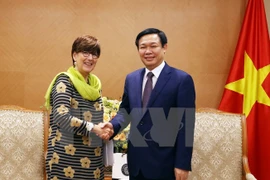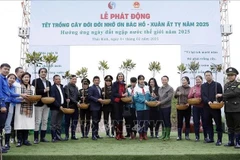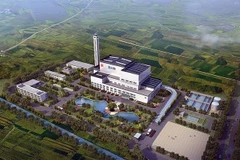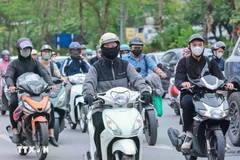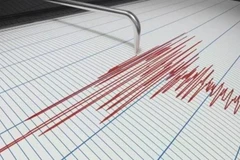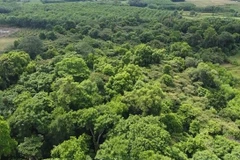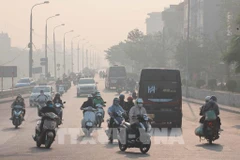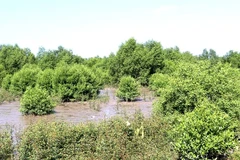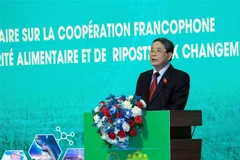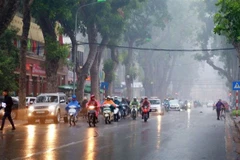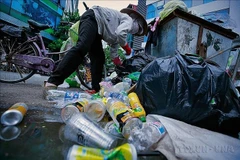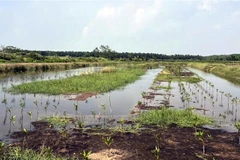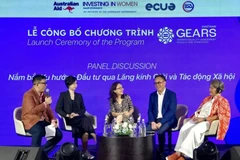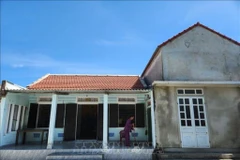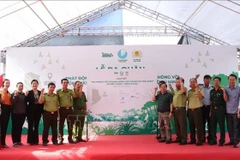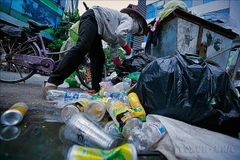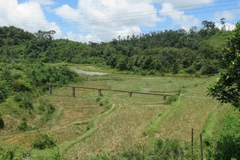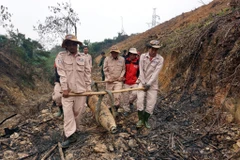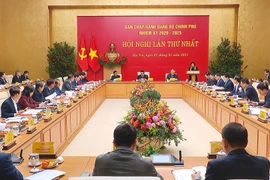Speaking at theevent, Le Trung Thanh, Director of the Department of Science Technology andEnvironment at the Ministry of Construction, stressed the side-effects ofeconomic development which have caused pollution, resource exhaustion, andenergy crisis over the past few years.
Vietnam is amongcountries suffering the most from impacts of climate change, for example, sealevel rise, droughts and flooding so that the government has designed anational action plan for green growth from 2014-2020.
With support fromthe USAID’s “Vietnam Clean Energy Programme: Energy Efficiency Promotion”, theMinistry has formulated the action plan for the building sector by 2020 with avision to 2030.
Theprogram offers building owners free technical support to provide buildingenergy simulations that can help them achieve substantial energy and GreenHouse Gas (GHG) reductions for their newly-designed and retrofitted buildingdemonstration projects.
It alsooffers training on integrated design, building energy simulation andincorporation of energy code requirements into construction processes.Furthermore, it provides urban managers and leaders with the expertise fromAmerican green building and sustainable urban energy development experts.
USAID VietnamDirector Michael Greene said Vietnam is among countries with the fastesturbanisation that leads to an increase in GHG. Energy consumption may triplebetween 2010 and 2020, he noted.
He underlined thenecessity to integrate the Vietnam Energy Efficiency Building Code (VEEBC) intothe building sector’s action plan for green growth.
So far,some 3,000 architects, engineers, project managers, government officials andpractitioners from 40 provinces have benefited from the program’s trainingcourses, receiving technical knowledge and skills to effectively enforce andimplement the VEEBC. The program has surveyed 280 buildings to develop anational database on building energy performance.-VNA



